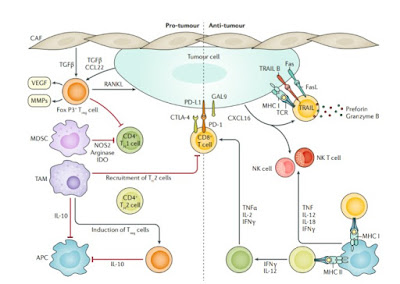The term "Health and Human Services" (HHS) refers to a U.S. government department and the broader field of services related to health and well-being. Here is an overview of both:
**1. U.S. Department of Health and Human Services (HHS):**
- **Role:** HHS is a federal executive department in the United States government. Its primary role is to enhance and protect the health and well-being of all Americans. It oversees a wide range of programs and agencies related to public health, social services, and human welfare.
- **Agencies:** HHS includes numerous agencies and offices, some of which include the Centers for Disease Control and Prevention (CDC), the Food and Drug Administration (FDA), the National Institutes of Health (NIH), the Centers for Medicare & Medicaid Services (CMS), and the Administration for Children and Families (ACF), among others.
- **Responsibilities:** HHS is responsible for developing and implementing health and human services policies, regulations, and programs. It administers and funds healthcare services, public health initiatives, medical research, social services, child welfare programs, and more.
- **Leadership:** The head of HHS is the Secretary of Health and Human Services, who is a member of the President's Cabinet. The department plays a crucial role in responding to public health emergencies, such as the COVID-19 pandemic.
**2. Health and Human Services (Field):**
- **Definition:** In a broader sense, "health and human services" refers to a field encompassing a wide range of programs and services aimed at promoting the well-being and quality of life of individuals and communities. This field includes services related to healthcare, mental health, social services, public health, and more.
- **Programs and Services:** Health and human services encompass a variety of programs and services, including healthcare delivery, mental health counseling, substance abuse treatment, child welfare services, elderly care, housing assistance, nutrition programs, and vocational rehabilitation, among others.
- **Professionals:** The field employs a diverse range of professionals, including doctors, nurses, psychologists, social workers, counselors, public health experts, and many others who work to provide care, support, and resources to individuals and communities in need.
- **Goals:** The overarching goals of health and human services are to improve health outcomes, enhance social well-being, address disparities, and ensure access to essential services for all members of society, especially vulnerable populations.
In summary, "Health and Human Services" refers to both a U.S. government department responsible for overseeing health and social service programs and a broader field encompassing a wide range of programs and services dedicated to promoting the health and well-being of individuals and communities.
